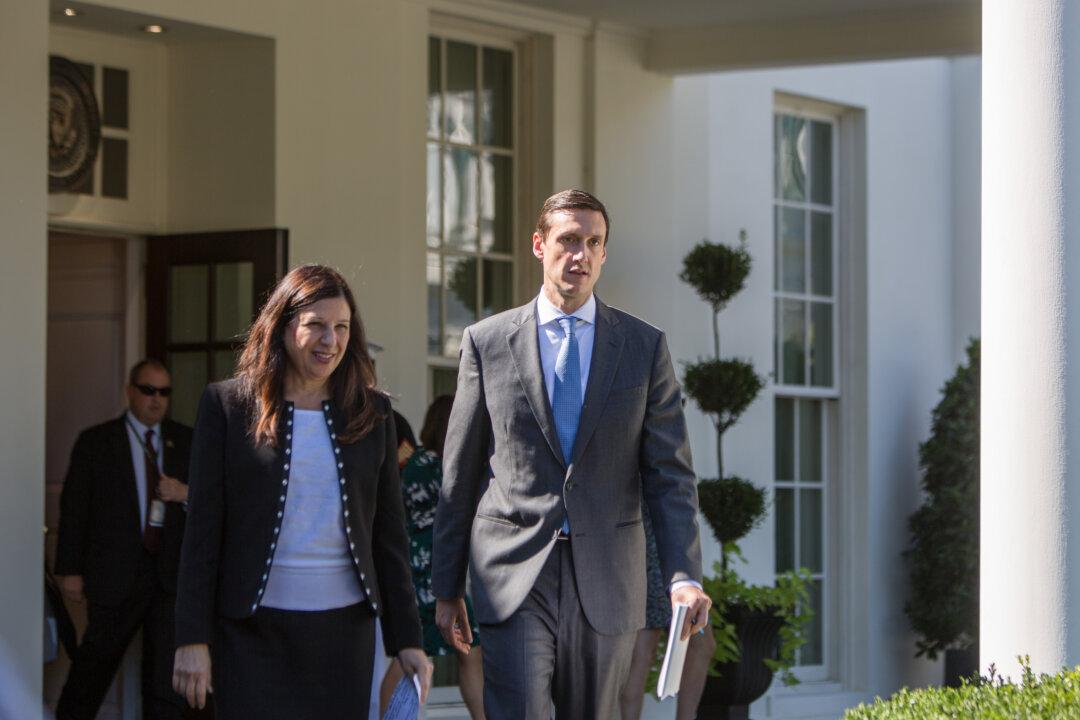WASHINGTON—Hurricane Maria has nearly decimated Puerto Rico, where, according to Acting Secretary of Homeland Security Elaine Duke, “The devastation was nearly complete.” The Trump administration has responded with large-scale relief efforts.
Duke gave an overview of the situation in Puerto Rico and the U.S. response, during a meeting with reporters in Washington on Sept. 28. She was joined by Homeland Security adviser Tom Bossert.





